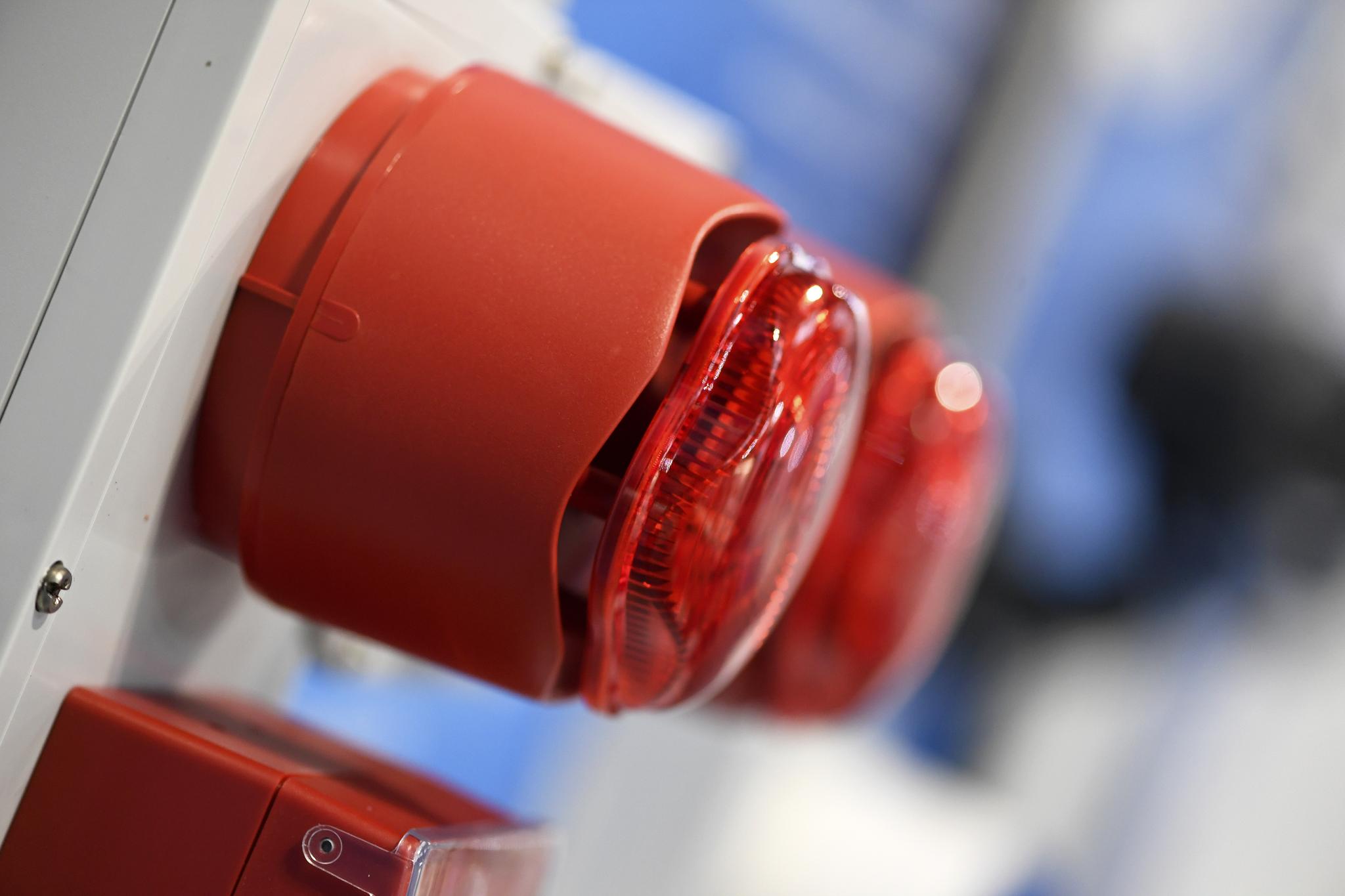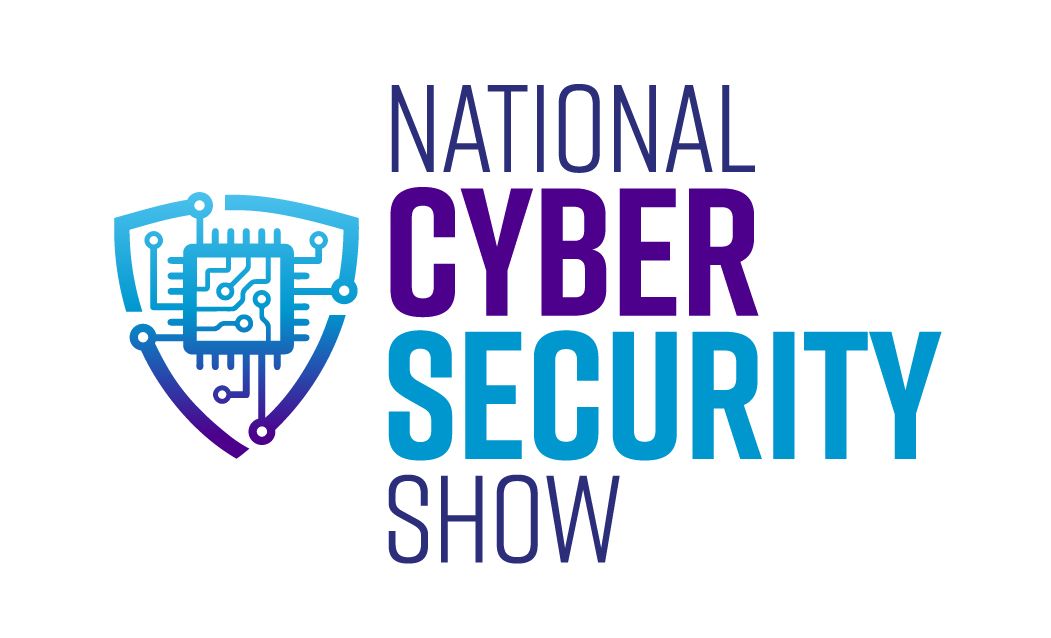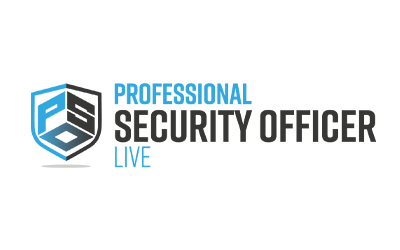Risk of Injury During Assisted Evacuation
)
Risk of Injury During Assisted Evacuations
When coming up with our fire evacuation plans, we all hope that we will never really need to use them to escape a serious emergency. For persons who are able-bodied, an evacuation is usually just a calm walk down the stairs and a short wait in the car park, but for persons of reduced mobility, things are not always as simple.
Disabled people, especially those with more advanced needs, are at an increased risk of being injured or have an existing condition aggravated if the evacuation is not suitable and well-practiced. There are a few pointers that we see a lot of our customers feeding back on, recalling that they feel in pain, unsafe or undignified and at Evaccess we feel that we have a duty of care to pass this feedback onto the people who may be building PEEPs that may be unaware of some of these factors to consider.
The first part of the evacuation that person responsible for PEEPs will focus on is the purchase of the assisted escape device. There are a vast number of chairs on the market but one of the biggest choices the person will need to make is between platforms where the person and their wheelchair are evacuated and a device which just takes the passenger and therefore requires a transfer. For some wheelchair users, this transfer is not a problem, and they are able to do so themselves, but this is not the case for everybody and must not be assumed. For others, this transfer can be more of a problem.
There are cases where a transfer is absolutely out of the question and cannot be completed. It is essential that the person responsible is willing to open lines of communication and ask these questions before a purchase is made.
There are also cases where transfer is possible, but further assistance is needed. In this situation, there may need to be further training for the technical evacuation assistant(s) who may need to participate in some manual handling training to safely lift the passenger which could also involve the purchase of a sling. Further to this, the passenger may require a hoist to transfer them safely from their chair to the evacuation equipment which could require another purchase and potentially more training.
Without proper consideration, training and possibly equipment, the passenger is at risk of significant injury and the responsible person must ensure that they have meticulously researched the transfer element of the evacuation instead of taking the idea of a transfer for granted.
Another problem that could arise from a transfer is that some wheelchair users have equipment such as oxygen tanks or monitoring apparatus that may be crucial for their wellbeing. As such, the transfer of this equipment must also be accounted for. The equipment may be heavy and may need more evacuation assistants to help with transportation.
After review, it may be more plausible for the evacuation equipment to be upgraded to one which allows the users chair and other equipment to be evacuated together. It may also be the case that there are no problems with the transfer and the intended user has a hassle-free transfer and evacuation, but it is always worth asking the question and making sure that when you put your PEEPs into practise that all parties feel safe and comfortable.
The second part of the evacuation which is causing some concern is the descent itself. The seating position of different models can vary by quite a lot. Like all of these factors, there is a chance that the seating position has no effect on the intended passenger, but it needs to be considered before a purchase is made and a model is committed to.
For some people, seating position can be hugely important for wellbeing. Certain injuries or conditions will mean the person involved needs to remain in a specific seating position. As a result, the user may need to be able to try out/sit on some different pieces of equipment before the AED is selected. At first glance, it is easy to think that the person will only be in the chair for five or so minutes while they descend the stairs but, in many cases, this is not true. In a real evacuation, it is highly likely that the fire service will need to do a thorough search of the building to ensure it is safe for people to return. This could take a short while and while this is happening it is likely the passenger will be stuck in the assisted escape device rather than their own chair. in this situation, it may be necessary to make an investment in an AED which can keep them in their necessary seating position by taking their existing chair and them down the stairs or one which they feel keeps them in a comfortable and correct posture with an appropriate transfer method.
The straps / safety of an AED can also be hugely important in an evacuation. For persons who are not able to hold themselves in a chair, a higher level of security may be needed to ensure they do not tip forward or to the side and risk falling on the stairs. This is even more important for persons who may not be in a mental state to understand what is happening or why they are being evacuated. In this case, it is crucial for the safety of the operator and the passenger for them to be safely restrained in the chair including both arms and legs being secure. Institutions where this is more of a risk should be sure to discuss this with their provider ad many of the AED units can be personalised with more strapping added on or with additional safety measures. They may recommend units with these measures in place or to buy a unit which may be more suitable for the building with add-ons which will allow for this security.
After an evacuation, the passenger needs to be able to get back into the building and possibly back into their existing chair. in some cases, the person may not be able to use the lift for a certain period and may need to get back to the stairs to reach their chair, their office or their home. It is important that the responsible person makes plan for the post evacuation return as well as the evacuation itself. In the cases where it is essential for the person to be able to return to the building as soon as possible, it may be worth an investment with electrical equipment which can ascend stairs as well as descend them. This may also be another case where it is a better idea for the person to be evacuated in their own chair so that there is no worry about having to return them into the building as quickly as possible.
Overall, the person responsible has a large number of factors to consider, some of which may not be as obvious as others. Most companies who provide assisted escape devices will be able to offer a high level of support especially if you have any worries or concerns about the PEEPs, but it is vital that you stay informed, keep asking questions and querying their recommendations and asking about the small but important details like those in this article.
As always, if you have any questions, concerns or if you want a consultation or assistance with your evacuation equipment or your PEEPs, Evaccess is on hand to help. We pride ourselves on ensuring that every factor of your evacuation is though out in the highest level of detail and recommend only the equipment that we know will be suitable. At the heart of everything we do is the passenger, and we carry this through every aspect of our business.
The safety of disabled people is not a box to tick and should not be treated as one.
Get in. Get out. Together.


.png)
.png)
.png)
.png)

